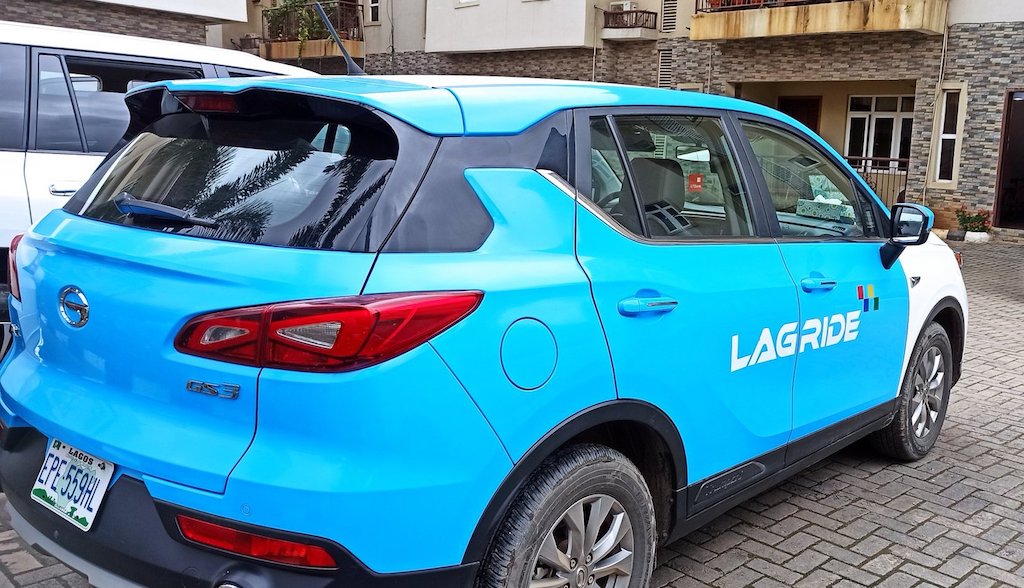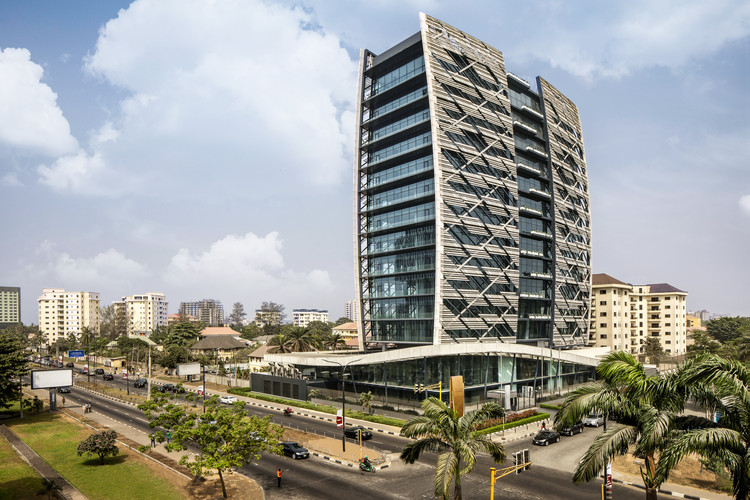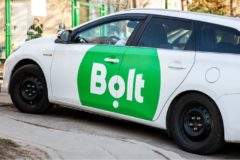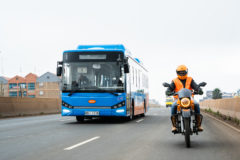Drivers on the ride-hailing app, LagRide, say the recent rise in daily repayments makes their lives difficult. Their complaints will raise questions about the suitability of vehicle financing in Nigeria
After the car he had used to drive for Bolt for two years broke down, *Akinwunmi moved to LagRide, a government-backed ride-hailing service. LagRide uses a “lease-to-own” model, making it different from Bolt and Uber, which need drivers to have or own their cars. The lease means that LagRide drivers own the vehicle after a ₦700,000 downpayment and subsequent daily payments. LagRide offers two cars: a GAC mini SUV and a saloon car, and drivers pay ₦10 million over four years to own the cars fully.
Unable to afford the downpayment, Akinwunmi took a ‘partner-proxy’ offer, a hire purchase arrangement between partners who make down payments for the LagRide vehicle and lease it out to drivers. The proxy, a.k.a the driver, makes repayments on the car while still paying a commission to the partner. The ownership of the car passes on to the driver after four years.
One year into this arrangement, Akinwunmi’s partner abruptly ended their partnership. He told TechCabal, “My partner reneged on our deal, saying that he has spent a lot on the vehicle and would like to claim the vehicle.” It left Akinwunmi without a source of income. *John, another LagRide driver, confirmed that partners often renege on agreements. “Partners don’t follow their word on their agreement; they do this because the vehicle is new and is not available in the market at the same price LagRide is offering it.” LagRide offers its GAC vehicles (a sedan or a mini SUV) for ₦10 million, cheaper than the market price of ₦12-14 million.
Tumi Adeyemi, the head of the solutions for LagRide, told TechCabal that because LagRide is not a party to any contracts between partners and proxies, there’s little the company can do. “Whoever LagRide enters an agreement with is the person who gets the car at the end of the four years, and there is a contract to back it up. Most complaints are about contracts LagosRide was not a party to.”
However, partners reneging on agreements with proxies is not the only challenge LagRide drivers face. Several drivers told TechCabal about the financial strain and the high costs associated with asset financing.
Asset financing model comes under question
The asset financing model for ride-hailing has come under scrutiny lately. TechCabal reported in February that drivers who used Moove’s asset financing offering to buy vehicles to drive for Uber protested about the steep repayments. Rest of World also reported that drivers who defaulted on daily payments had their cars seized.
As with most asset financing models, LagRide vehicles remain the service provider’s property until the driver completes payment. Drivers now pay ₦9000 (up from ₦6500) daily for four years to claim vehicle ownership. It’s similar to the price increase Moove instituted in January. A TechCabal report showed that drivers had to complete 12 rides daily for six days a week and remit $20 (₦9,400) every day to Moove while still having to pay a commission to Uber. Eventually, Moove reversed the price increase. LagRide drivers are hoping for a similar outcome.
Stephen Mark, a LagRide driver in Ifako Ijaiye, told TechCabal, “It is not convenient, and we have challenges in driving, and when we lodge our complaints, all they care about is making money. Now, the petrol issue is there. There is no empowerment; they are exploiting us.”
LagRide’s head of solutions, Adeyemi, disagrees with the drivers. “There is no basis for reducing daily repayments because the pricing model was designed to ensure drivers make about ₦10k daily net, approximately ₦280k monthly, and they are making more than this; we have the records.”
Drivers consider workarounds
Some drivers say that their repayments would be easier if they could take interstate trips. “We can’t go offline or work interstate. Abeokuta here, you can’t go; how do you make your money?” says Goddey Christopher. It’s not something LagRide will consider, given the risks involved.
Yet, pricing is at the heart of the back and forths between drivers and LagRide. Drivers complain that low fare prices on the app do not match the present realities of fuel hikes. Bolt and Uber recently adjusted their base fares to ₦700 and ₦850, respectively. LagRide maintains a ₦350 base fare, up from ₦300.
Adeyemi told TechCabal that LagRide increased fares to match the effect of the fuel hike, but this decision led to a drop in ride demand. “This is because the price points are no longer as affordable,” he said.
Several drivers we spoke to claim that LagRide’s 20% commission rate is unbearable and also complained of reduced patronage in select areas of Lagos. “There are some places in Ikorodu that LagRide doesn’t reach—because no one orders you when you are returning. People don’t like going to Ikorodu because you would not see riders coming back,” Christopher shared.
As drivers continue to insist that these vehicle financing deals are exploitative, there are still broader questions about the sustainability of driving for these companies as a way to make a living.
What do you think about our stories? Tell us how you feel by taking this quick 3-minute survey.























